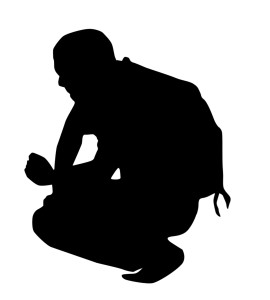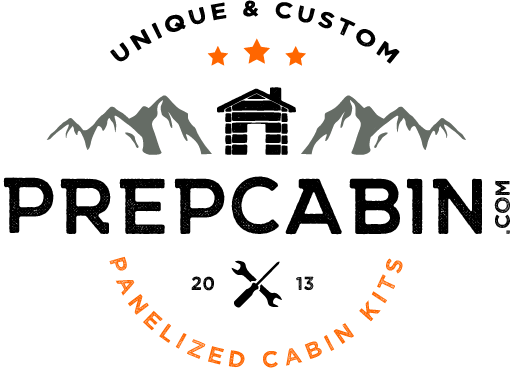 Your day is probably hectic enough, and it will be more so if disaster strikes and you’re unprepared.
Your day is probably hectic enough, and it will be more so if disaster strikes and you’re unprepared.
Having a simple survival pack, with life saving tools and supplies stashed where you can access it quickly gives you the best chance of making it back home safely.
These survival packs are known as Return To Home or RTH packs for short. Their goal is to ensure that you have specific life saving supplies with you no matter where you are.
That way you have the best chances of making it back home or to a safe place whether you’re at work, school, church or just running errands.
These tips should help you put together a survival pack that you can rely on in almost any situation.
TIP # 1 : Use a quality backpack.
The best pack is one that you can fit enough supplies in for three days. A comfortable bag that can carry approx. 25 lbs. is ideal. Avoid military or tactical style bags if you want to blend into the crowd. These bags can signal that you may have something worth taking and make you a target.
Check out this pack by Guard Dog Security . It’s high quality, durable and doesn’t stand out from the crowd and it’s made with NIJ Level IIIA bullet resistant kevlar.
TIP # 2 : You need clean water.
There are several ways to get clean drinking water. One way is to carry your own water purification device like a LifeStraw. I prefer to carry clean water, and purification methods because finding water to purify may be difficult.
Many experts recommend carrying a full gallon of water but the weight may be excessive for a pack you have to transport daily. A reasonable balance would be carrying 3-4 bottles of water – in Stainless Steel Water Bottle incase you need to boil more water – and other water purification methods
in your RTH pack.
TIP # 3 : Snacks can help you get back home.
Yes, you can survive weeks without food. But including some food items in your Return Home Pack can have some great advantages like:
- Food keeps you mentally alert
- You may need extra energy in a survival situation
- You can trade food items for other items you may need
Small products with a lot of calories – like a Clif Bar – are ideal because they give you energy without weighing you down.
MRE (Meals, Ready to Eat) are also a popular option because you can buy them online or prepare them yourself.
TIP # 4 : Durable and protective clothing and shoes.
Depending on the seasons your clothing needs will change. Layering your clothing is the best way to handle temperature and environmental changes. Quality shoes with ankle support along with good dry socks are a must.
I keep a pair of dry socks, compact poncho and extra clothing in my pack and swap out the clothes to keep the right clothes for the right season.
Check out these tactical pants, they provide better flexibility and protection than regular blue jeans and they’re affordable.
TIP # 5 : Including shelter and fire.
If you need to stop to rest you may need shelter and fire. Some packs have attachments for sleeping bags but for a pack you have to handle often a sleeping bag can be a big burden. You can include a thermal blanket, or a bivvy
. There are many compact survival shelter items available for this need.
For your fire needs waterproof matches and tinder balls are a great option. Miniature survival lighters are also awesome and easy to add to your RTH pack. In fact there are survival lighters small enough to replace your zipper pulls. The Spark-Lite Military Edition Fire Starter and Tinder Quik is an all-in-one solution.
TIP # 6 : Consider items for safety and security.
A knife is a must have tool for a survival pack. Consider a high quality fixed blade knife, and know the laws about what knifes you can carry. Also a multitool
is a great resource for your RTH pack. Ideally you should be able to have a firearm in your pack but check your local laws before carrying one. All 50 states now offer a concealed carry permit.
You should also keep a medium duty first aid kit in your pack to handle several types of wounds. Most survival pre-made first aid kits should be adequate for your RTH pack.
Don’t forget a quality tactical flashlight, you can use it to find your way at night or to stun an attacker by temporarily blinding them. Throw a couple extra batteries in your pack as well.
Think about all the things you may need to help you get back home if and when Sh*t hits the fan. You needs could be much more complex than just what I’ve listed in the tips above.
Remember that while putting your RTH pack together you should choose quality compact gear that won’t burden you to the point where you’ll leave the pack at home. The point is to have it when you need it!
If you have some good tips or experience with your own RTH pack we’d love to hear about it in the comments below. Join the discussion and make a difference!
